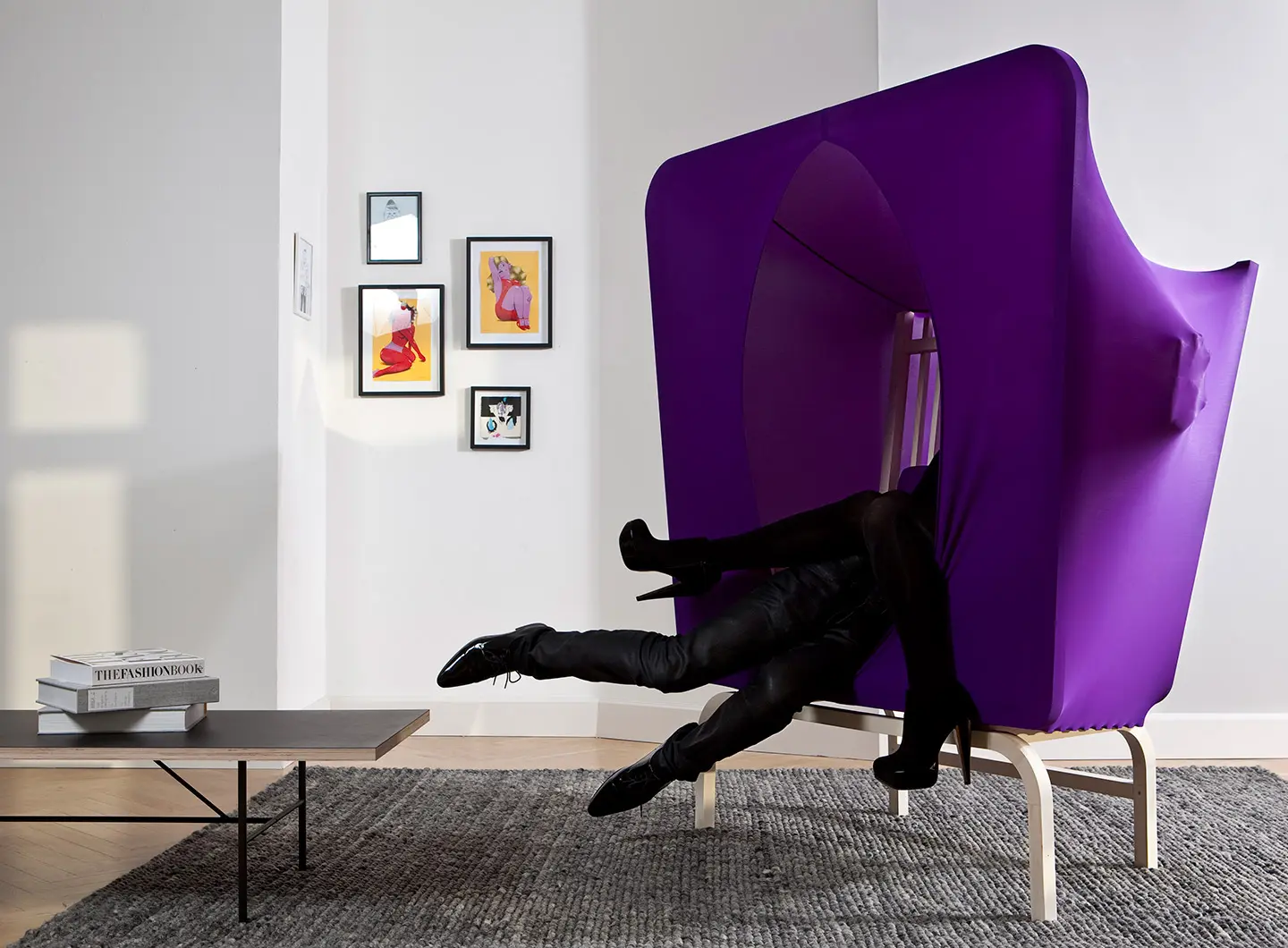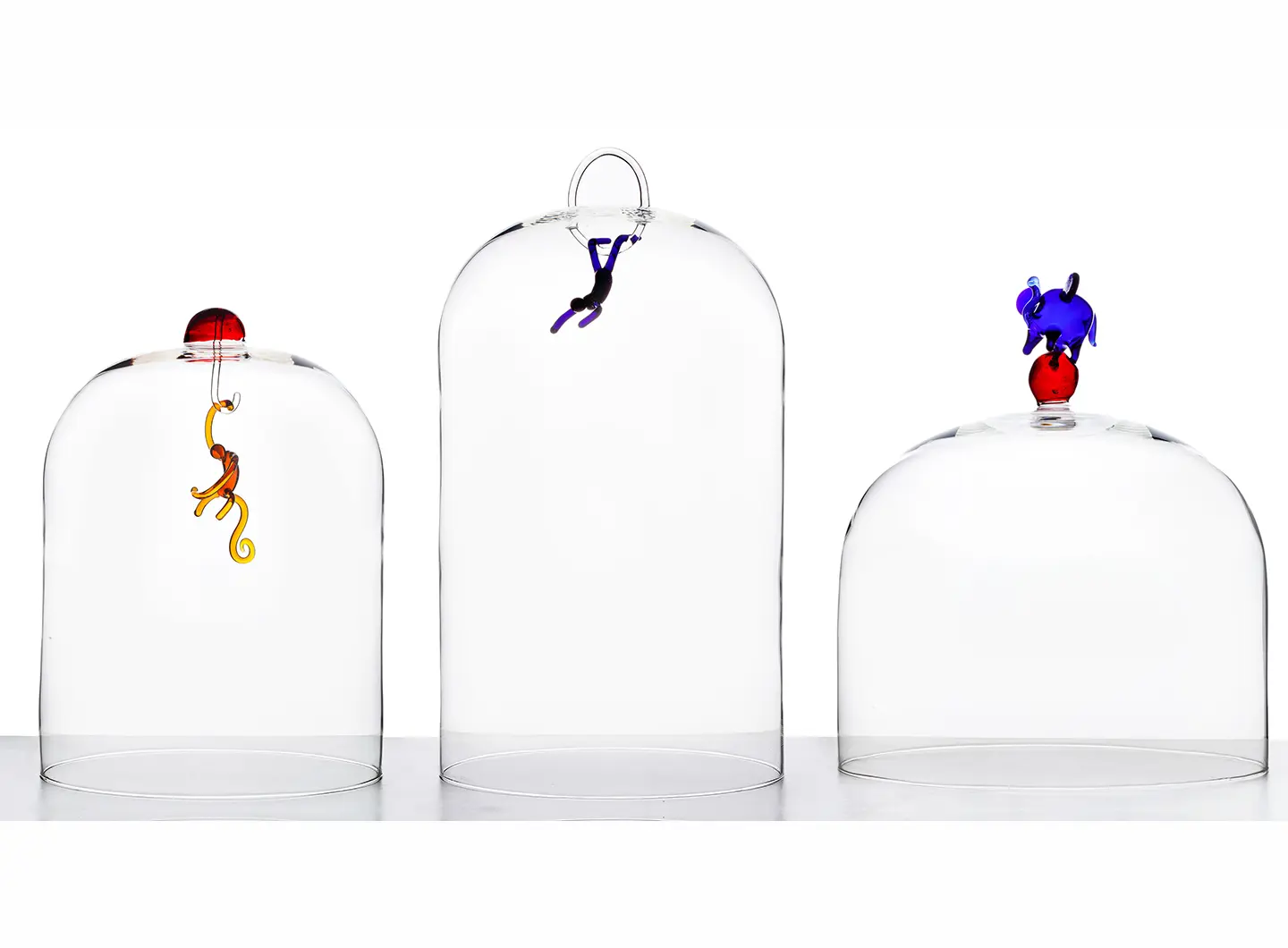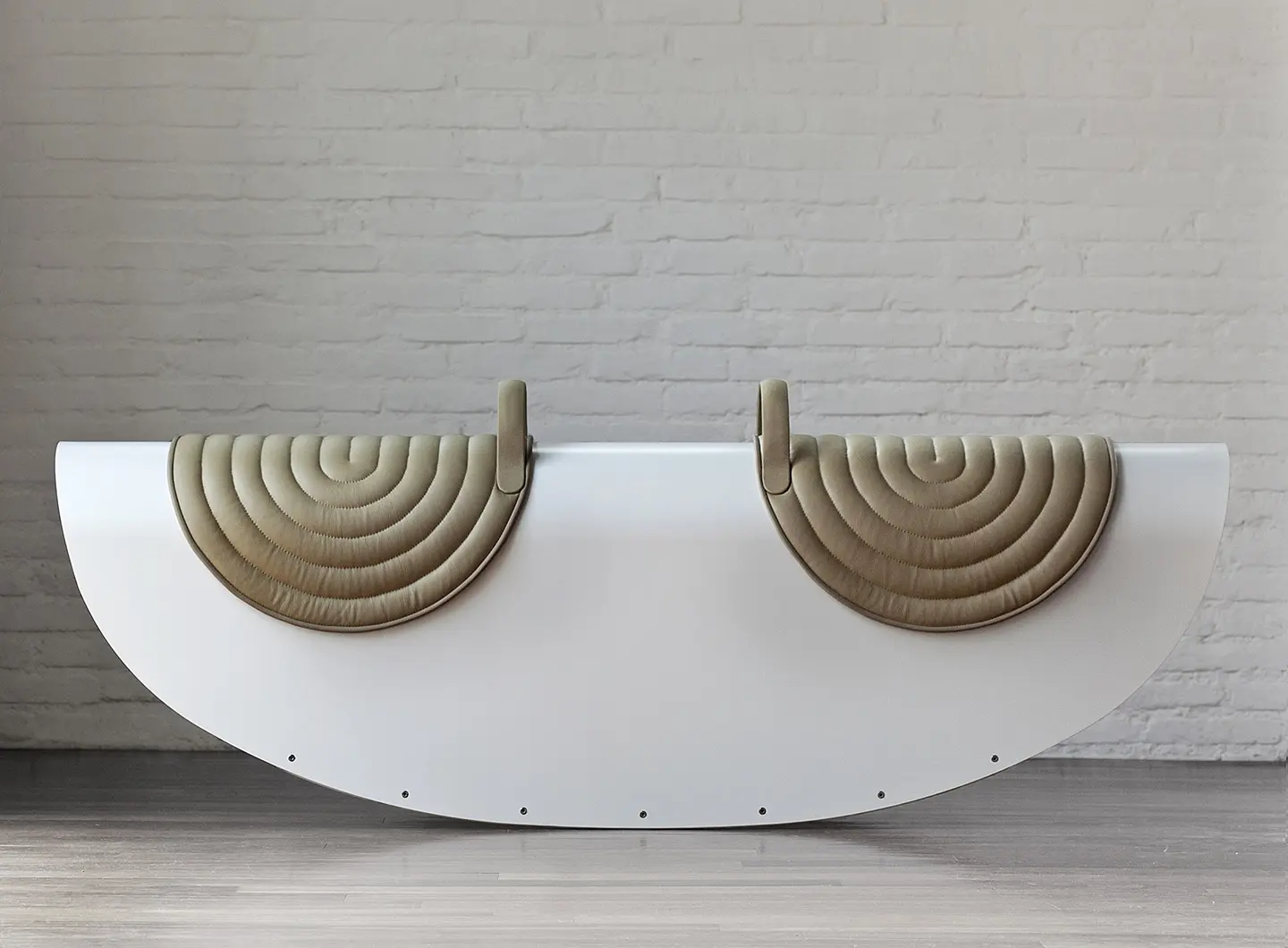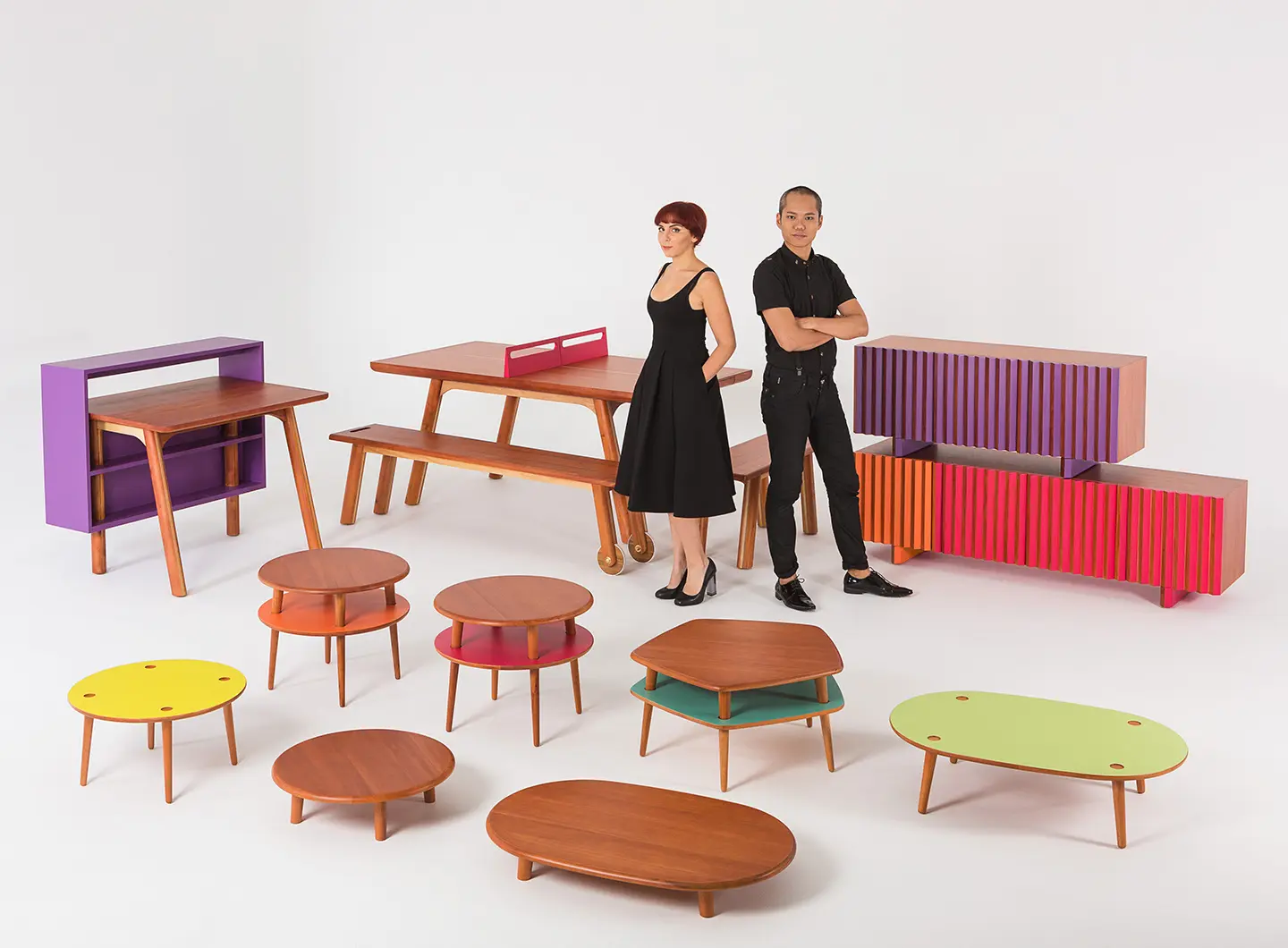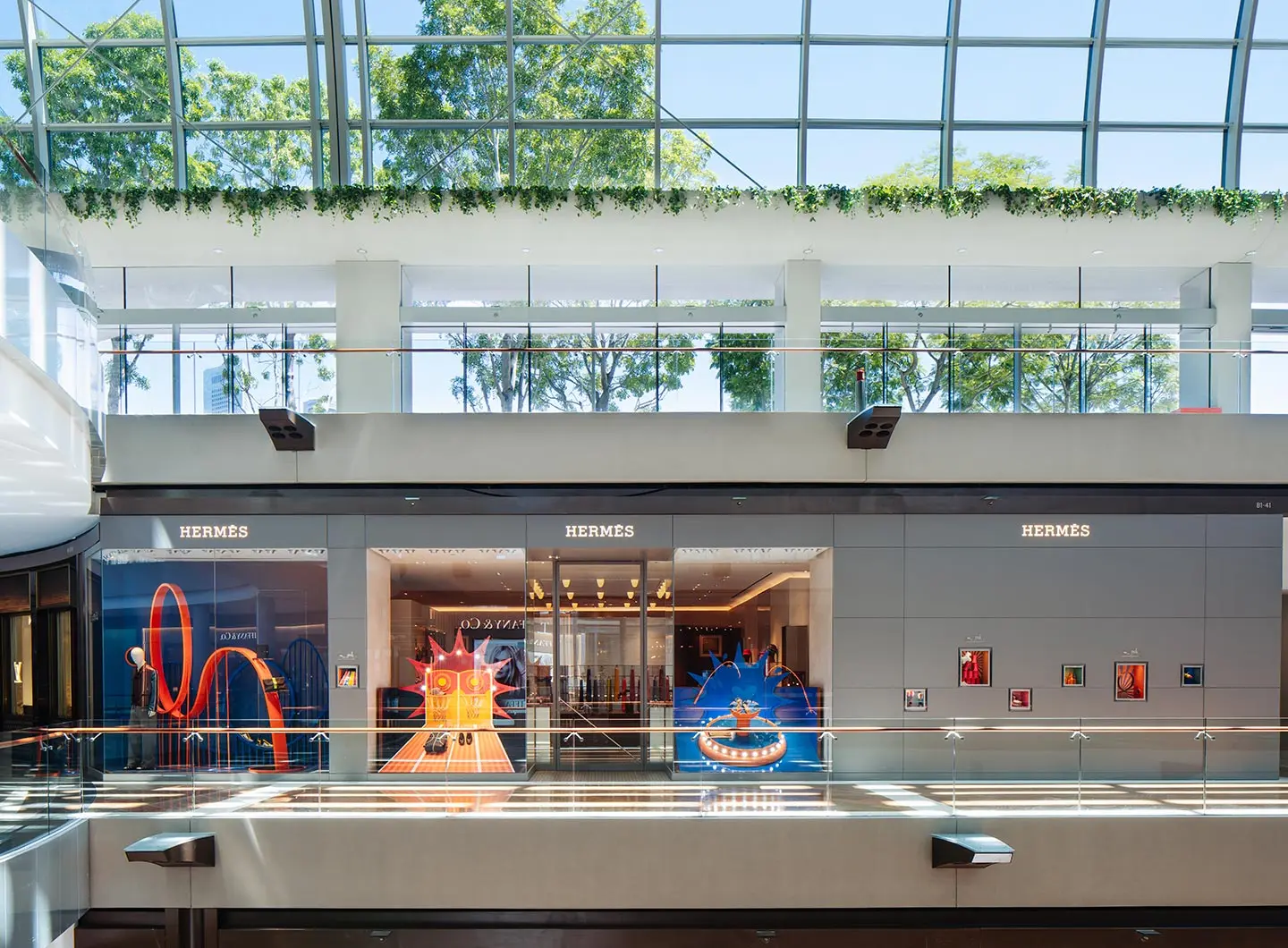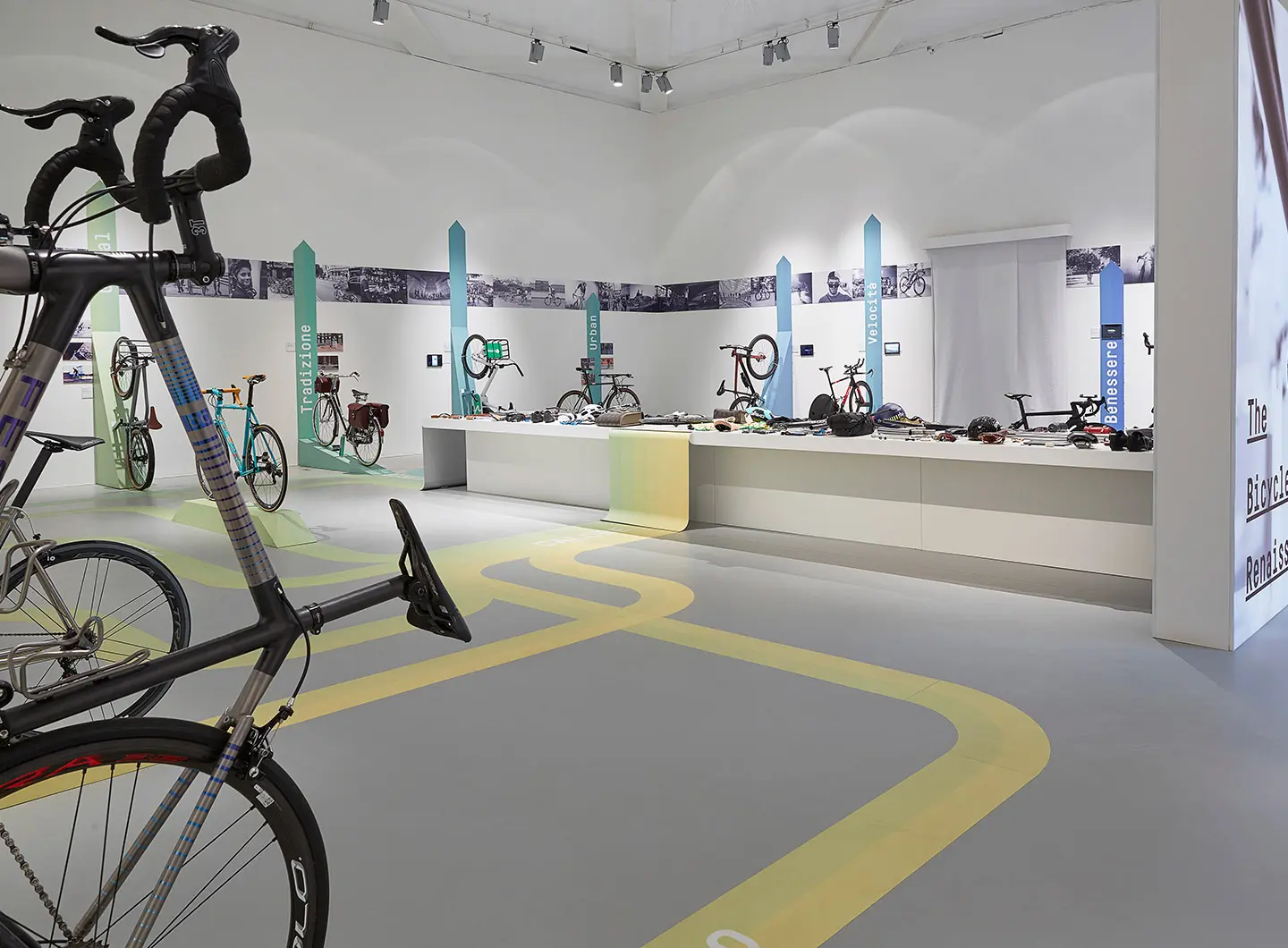From BIG to David Chipperfield, Frank Gehry to Snøhetta: a world tour of the best buildings set to open in 2026

Photo by DavideFarabegoli
From Pavia to Singapore, designer goods for all. The international studio continues its exploration of what people need: from support for the differently abled to play time.
The creativity of the Italian designer Francesca Lanzavecchia, and her Singaporean partner Hunn Wai, who have been working together since 2010, knows no bounds. They are a bit here, a bit there. Their work takes them all over the world, winning over the most sophisticated brand but, while never losing sight of the concept of design for all, they break down every barrier of thought and functionality, experimenting with materials.
Given the reactions we’ve had, the strange thing was taking them to SaloneSatellite at the Salone del Mobile! Design for All was the subject of my degree course at the Design Academy in Eindhoven, which we then developed for the No Country for Old Men collection. It’s based on the duality of design and beauty and on the concept of regarding objects that help everyday actions and getting around as furnishing accessories. This sort of object transforms domestic interiors, especially those of older people, with shapes and materials that aren’t very domestic. This is why we’ve replaced metal with wood and gone for a look that chimes with furnishing accessories. The items making up the collection are furnishings that provide a bit of extra help. But, although the market is ready for them – as the continual requests we receive show – the companies are not. Those in the medical sector find them too expensive, and those in the furnishing sector find them too connotative. There’s an identity black hole. We’ve tried to get them into production no less than five times, but always fallen flat. We try to imagine how people really live in their homes and how we can access them, playing with the product world.
Glass comes to mind. It’s a fascinating material, it makes you want to push yourself even further and the challenge is to see how far you can go and where it takes you. Clearly we always try to find the right balance between our dreams and the client’s demands.
Another material we love is textiles. We believe they will be used more and more in the future. We’re living through an age of dematerialisation, thanks to technological tools, and there will be a growing demand for tactility, making contact with things. We’re trying to use textiles in a novel way. I think the materials of the future won’t just be those developed thanks to 3D printing and the new technological frontiers, which are undoubtedly interesting and are changing perspectives and the way they are being used. We’re more inclined to look to the past, to traditional materials and learn from the craftsmen who have always used them. For us, this is the starting point for taking a step forward.
We are interested in finding out what ageing at home means. One’s own home. It’s a topical need and one society will experience in the future. Then, everything around us is changing, but the archetypes in our homes haven’t changed. The way we interact with our furniture needs to be rethought and how objects can help our changing habits, our posture in relation to the implements we use. How we truly live at home.
My clearest memory is undoubtedly of the 2012 edition. As we said the No Country for Old Men collection sparked a lot of curiosity and interest. It was a ground-breaking collection. Besides which, the feedback was really useful. SaloneSatellite is a test bed, in the sense that you’re putting yourself and the product to the test, meeting and interacting with lots of different kinds of people: from journalists to entrepreneurs to students. Very useful.
I wonder about that too. But like all the opportunities in life that can do good or bad, it’s an opportunity ripe for leveraging. But it needs to aim to draw out a sensitivity, i.e., it shouldn’t be a matter of sexual gender or, worse, a trend doomed to die out. I tell all young women designers to make the most of the opportunity to sharpen their nails and allow their own characters and creative skills and design potential to come to the fore.

A Matter of Salone: the new Salone communication campaign
From a reflection on humans to matter as meaning: the new Salone communication campaign explores the physical and symbolic origins of design, a visual narration made up of different perspectives, united by a common idea of transformation and genesis


Salone 2025 Report: The Numbers of a Global Event
Data, analyses, and economic, urban, and cultural impacts. The second edition of Salone del Mobile’s “Milan Design (Eco) System” Annual Report takes stock of a unique event and consolidates the fair’s role as the driving force behind Milan as the international capital of design



 Exhibitions
Exhibitions
